Nestled in the lush mountains of Central Vietnam, My Son Sanctuary stands as a testament to the grandeur of the ancient Champa Kingdom. This UNESCO World Heritage Site offers visitors an immersive experience into one of the most impressive architectural and cultural legacies in Southeast Asia. Let’s explore why My Son Sanctuary is not just a historical monument, but a symbol of the resilient spirit of the Cham people and their contributions to world history.
The History of My Son Sanctuary: A Sacred Space for the Cham Kings
Located in the heart of the Quang Nam province, My Son Sanctuary was established between the 4th and 13th centuries by the Champa kings. This ancient site served as both a religious center and a royal burial ground. The complex, made up of over 70 structures, is dedicated to Hindu deities, particularly Shiva, who was revered as the protector of the Cham Kingdom.
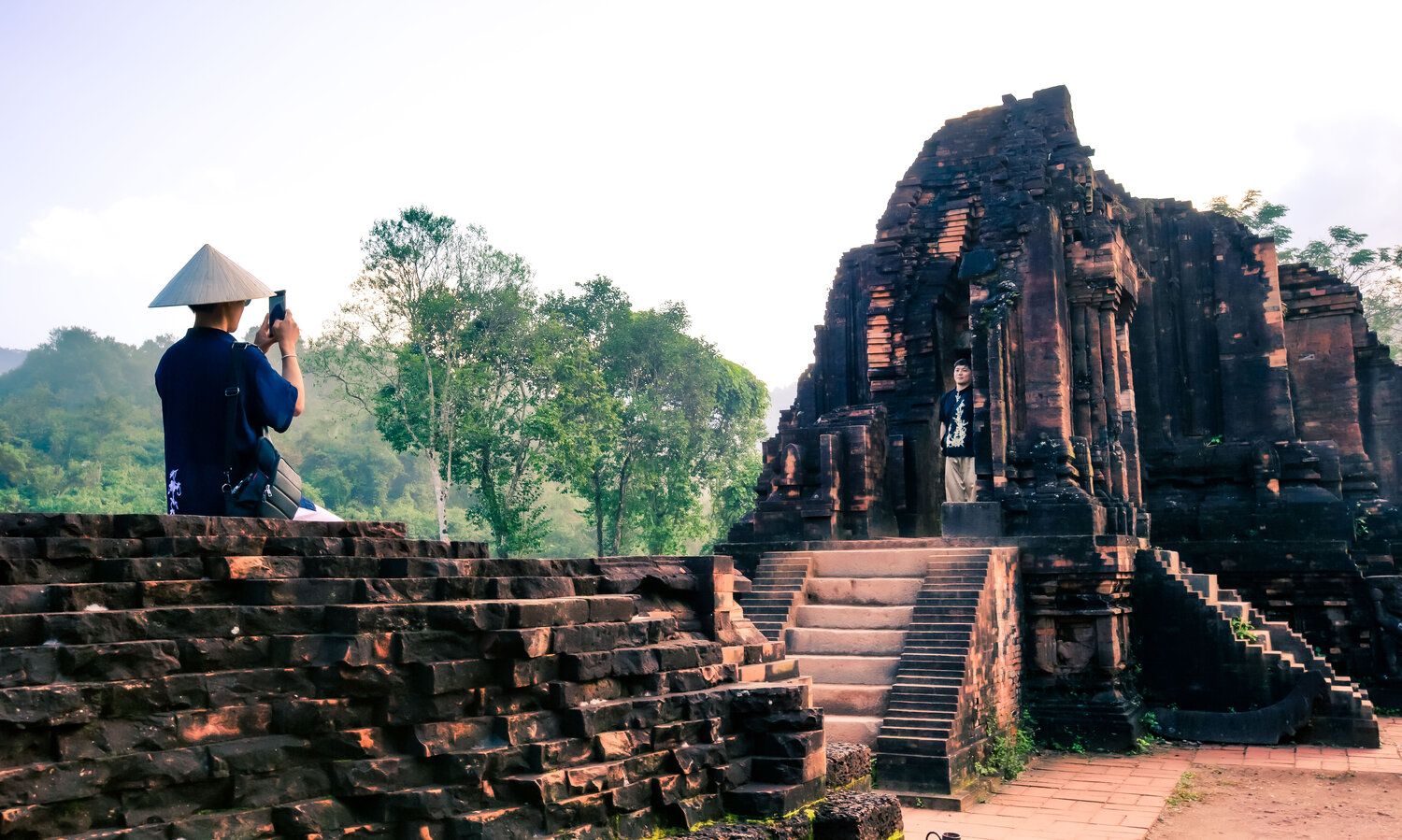 My Son Sanctuary Overview
My Son Sanctuary Overview
Over the centuries, My Son Sanctuary became the religious hub for the Cham people, playing a pivotal role in their spiritual life. The Cham rulers considered it a sacred space, where the royal elite would conduct religious rites, festivals, and important rituals to honor their ancestors and gods.
Why My Son Sanctuary Is a UNESCO World Heritage Site
In 1999, My Son Sanctuary was recognized as a UNESCO World Heritage Site for its cultural and historical significance. The complex is considered one of the most important examples of Hindu architecture in Southeast Asia, alongside the likes of Angkor Wat in Cambodia.
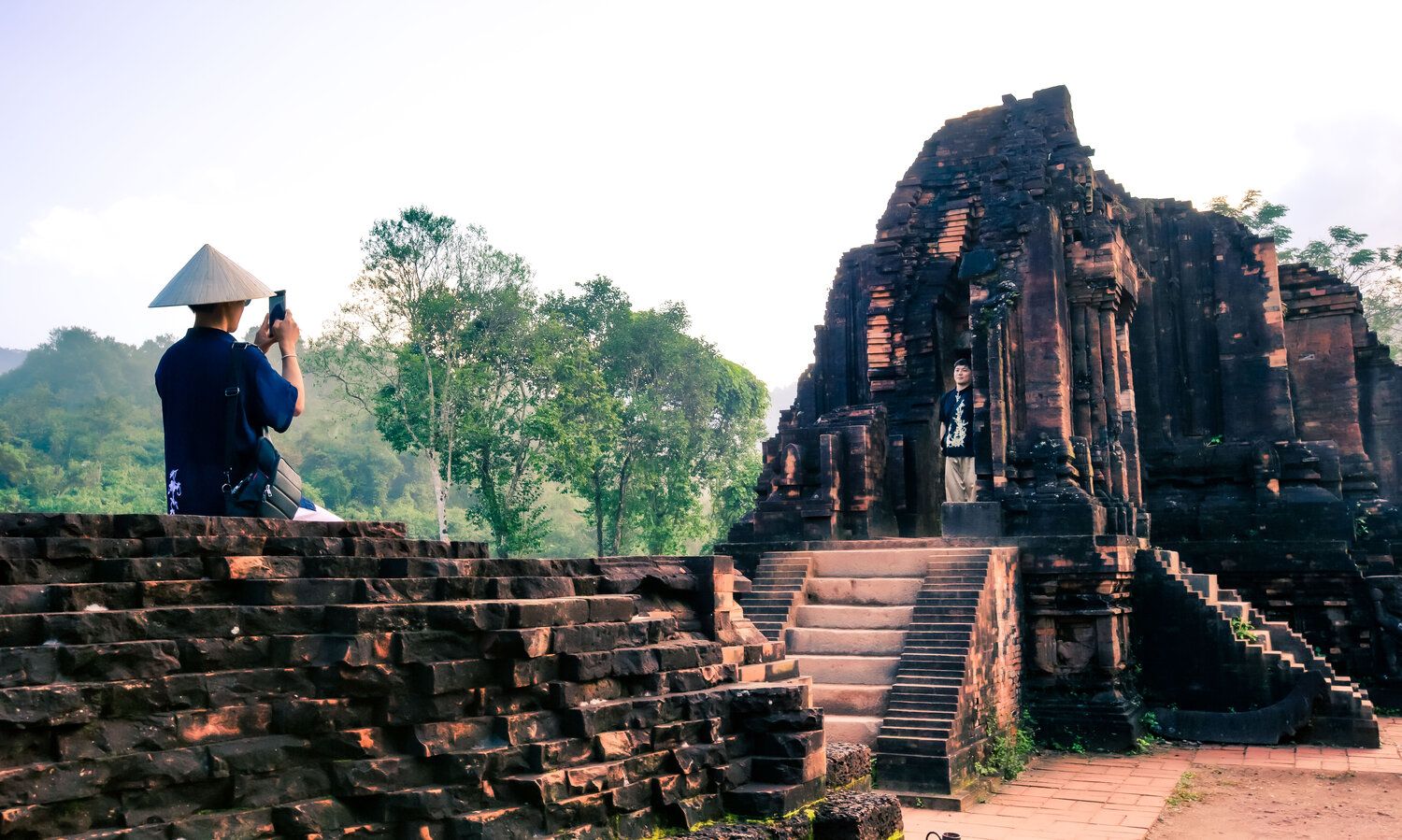 My Son Sanctuary UNESCO
My Son Sanctuary UNESCO
UNESCO’s designation has helped raise awareness of the site’s importance, ensuring ongoing restoration efforts and protection. Today, My Son Sanctuary continues to attract visitors from around the world who come to appreciate its rich cultural heritage and its role in shaping the region’s history.
Hidden Gems of Cham Architecture at My Son Sanctuary
Unique Cham Architecture and Religious Influence
What makes My Son Sanctuary so fascinating is its unique architectural style, which combines elements of Indian Hindu temples with indigenous Cham design. The use of red brick and sandstone, meticulously crafted without mortar, demonstrates the advanced building techniques of the Cham civilization. Each temple structure is adorned with intricate carvings of Hindu gods, scenes from ancient epics, and mythical creatures.
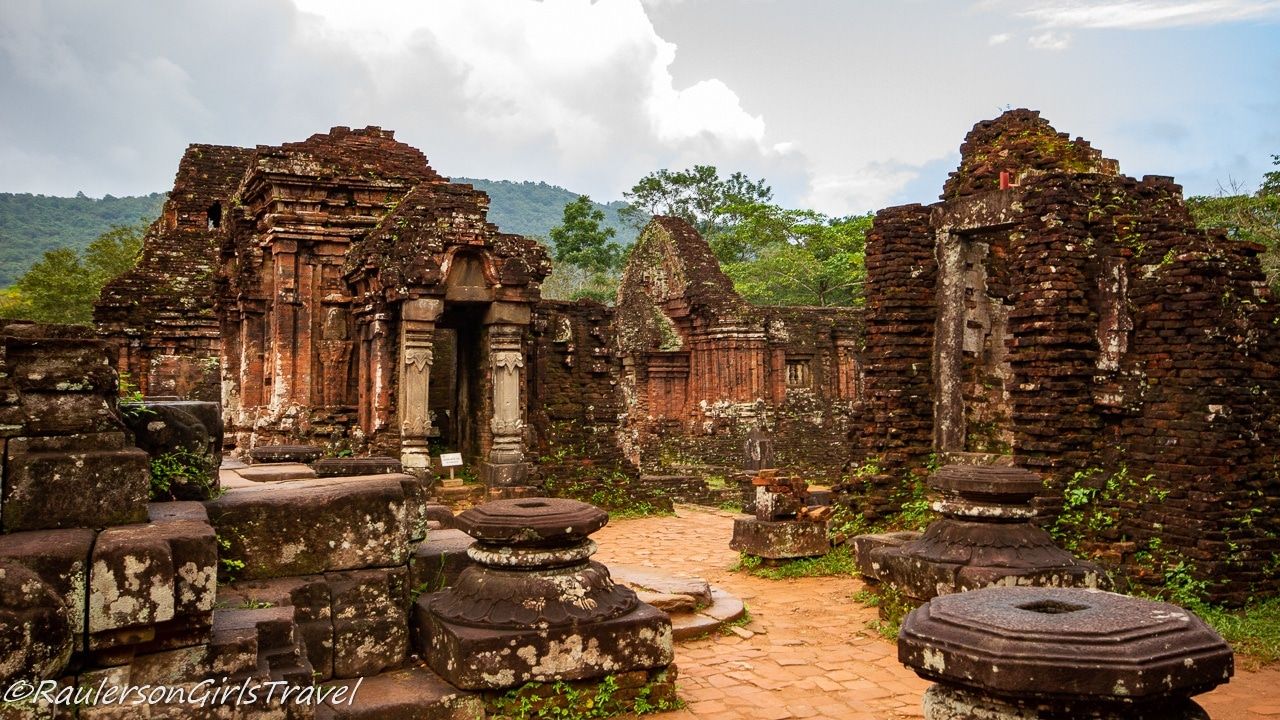 My Son Sanctuary Carvings
My Son Sanctuary Carvings
A distinctive feature of My Son Sanctuary is the “Bhadresvara,” a representation of the god Shiva. Many of the temples are dedicated to Shiva under this form, showcasing the deep spiritual connection the Cham people had with Hinduism.
Temple Layout and Structure
The layout of My Son Sanctuary is quite intricate, with temples organized into several groups. These groups are labeled alphabetically, with each group containing a central sanctuary (kalan), surrounded by smaller ancillary buildings. The temples within each group served distinct purposes, from housing sacred relics to providing a venue for offerings.
The central towers, or kalans, are tall and pyramidal, symbolizing Mount Meru – the mythical mountain considered the center of the universe in Hinduism. These structures were the heart of religious ceremonies and played a significant role in the kingdom’s spiritual life.
The Role of My Son Sanctuary in the Champa Kingdom
During its peak, My Son Sanctuary was not only a religious site but also a political center for the Champa Kingdom. The Cham rulers used it to establish their divine right to rule, associating themselves with the Hindu gods. This connection between spirituality and governance elevated My Son’s status in the region.
Throughout its existence, My Son Sanctuary attracted not just religious pilgrims but also traders and dignitaries from neighboring kingdoms. The site became a melting pot of cultural and spiritual exchanges, further cementing its place as a major religious and political hub in Southeast Asia.
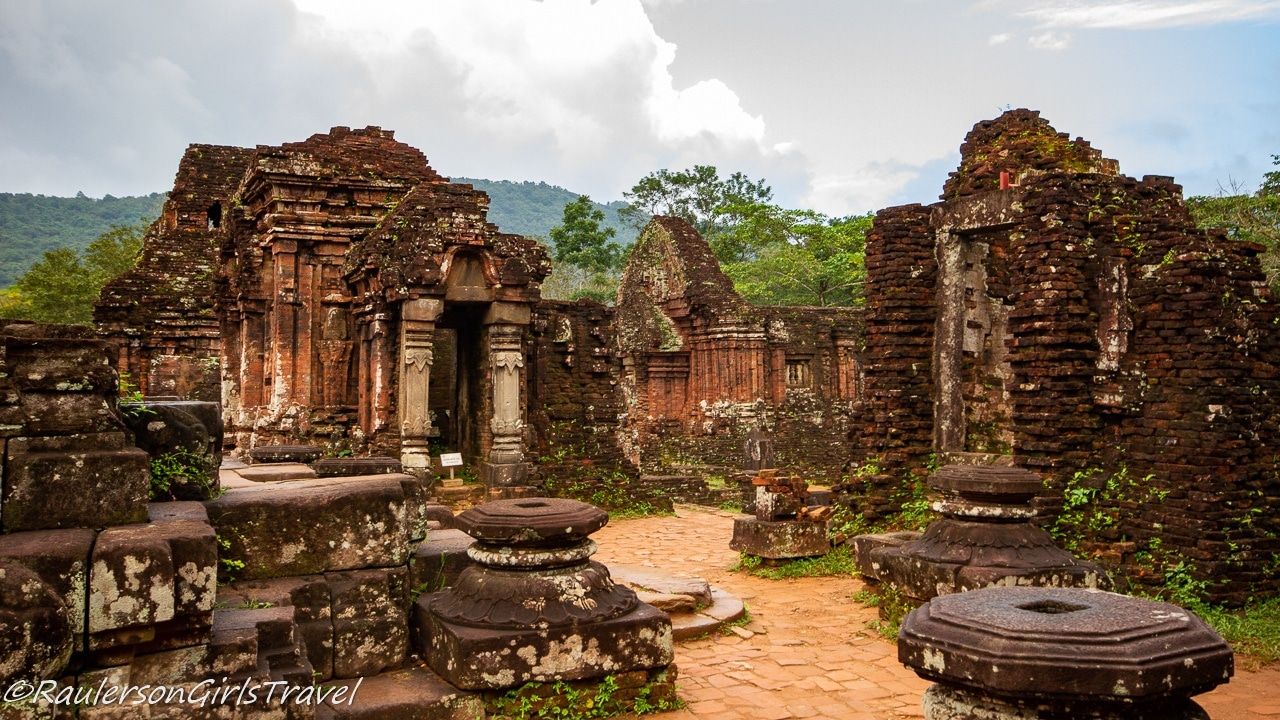 My Son Sanctuary Temple Tower
My Son Sanctuary Temple Tower
Despite facing destruction during wars and natural disasters, My Son Sanctuary has remained resilient. Though many of its structures were damaged during the Vietnam War, several temples still stand strong today, a testament to the craftsmanship and enduring spirit of the Cham civilization. Efforts by UNESCO and the Vietnamese government to restore and preserve these ancient ruins have helped keep this important site alive for future generations to experience.
Visiting My Son Sanctuary: A Must-See Destination in Vietnam
How to Get to My Son Sanctuary
For travelers looking to visit My Son Sanctuary, the site is located around 40 kilometers from Hoi An and can be reached by car, motorbike, or organized tour. Many tours offer half-day or full-day trips to the site, which can be easily combined with other popular attractions in Central Vietnam such as Hoi An Ancient Town and the Marble Mountains.
The Perfect Time to Discover My Son Sanctuary
The best time to visit My Son Sanctuary is during the dry season, from March to August, when the weather is more favorable for exploring the outdoor temple complex. It’s recommended to arrive early in the morning to avoid the heat and crowds, allowing for a more peaceful and immersive experience of the ancient ruins.
What You’ll Encounter on Your Visit to My Son Sanctuary
Upon arriving at My Son Sanctuary, visitors are greeted by towering temples surrounded by lush, tropical greenery. The site offers a serene atmosphere, allowing you to reflect on the rich history that unfolded here centuries ago. Guided tours are available for those interested in learning more about the detailed history, architecture, and symbolism of the structures.
Many visitors are struck by the beauty and tranquility of the site, as well as the sense of mystery that permeates the ancient ruins. From the intricately carved statues to the monumental temple towers, My Son Sanctuary offers a glimpse into a bygone era.
My Son Sanctuary is more than just a collection of ancient temples; it is a symbol of the enduring legacy of the Champa civilization and its contributions to world history. As a UNESCO World Heritage Site, it stands as a cultural treasure that must be preserved for future generations. Visiting My Son Sanctuary offers a unique opportunity to connect with the spiritual and architectural brilliance of the ancient Cham people, making it a must-see destination for anyone traveling to Vietnam. Whether you’re a history buff, an architecture enthusiast, or simply looking for a serene escape, My Son Sanctuary is a remarkable journey into the past that will leave a lasting impression.
Một số địa điểm du lịch Đà Nẵng:


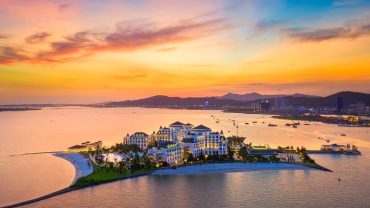
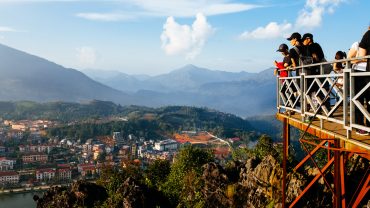
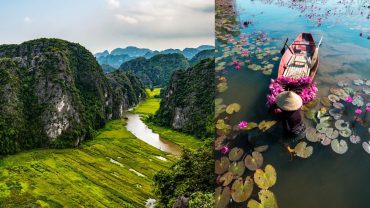
Comment (0)